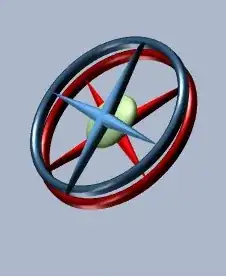I have a character that achieves an ability similar to scattering and reforming or elemental swarming by controlling millimetre sized surveillance drones to morph into different shapes or disperse back into a swarm.
The drones will use a flapping winged method to fly similar to insects.
Is there any way I can make them silent or quieter? As I would prefer the swarm to seem more like magic or a super power rather than having a loud buzz when they are together.
